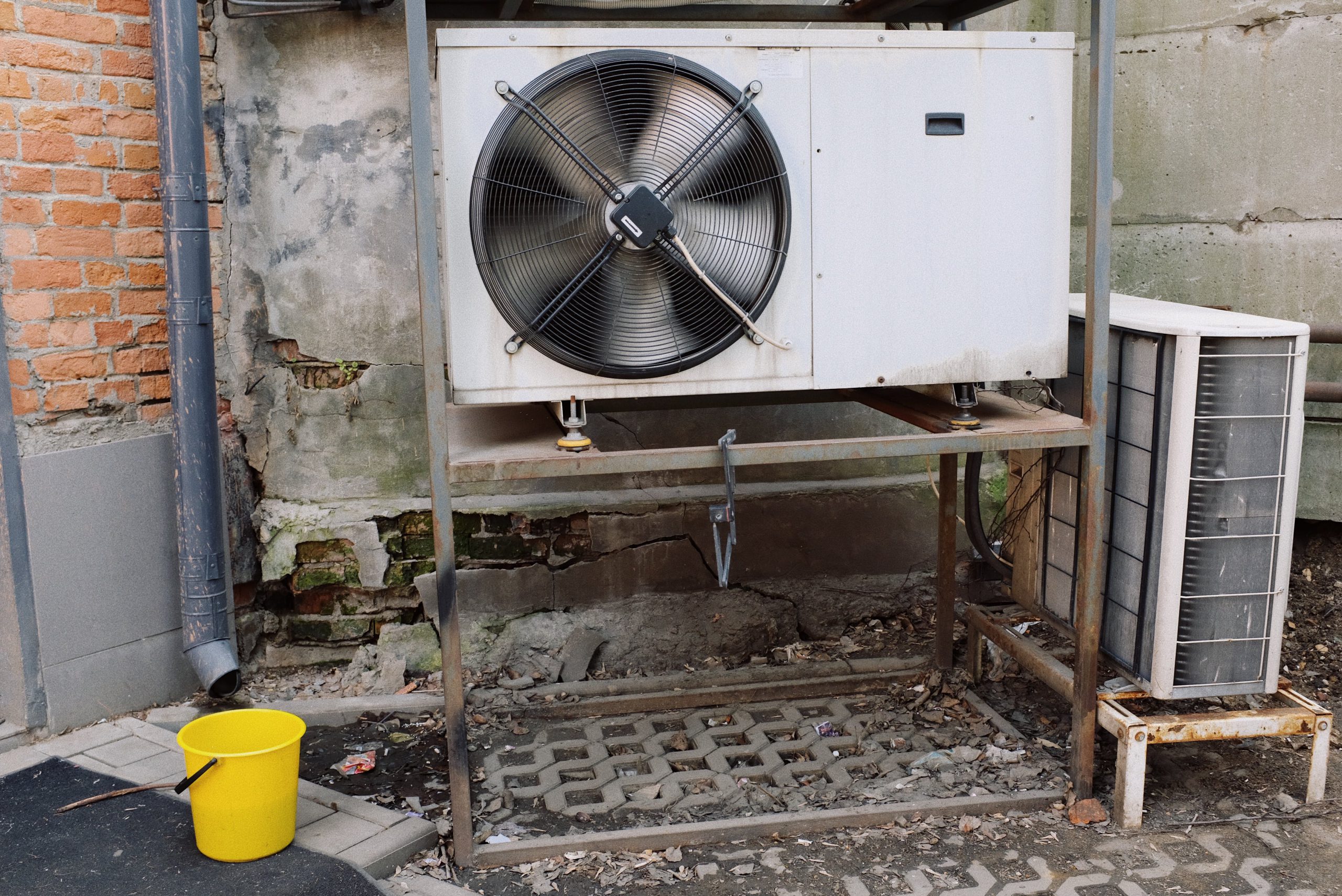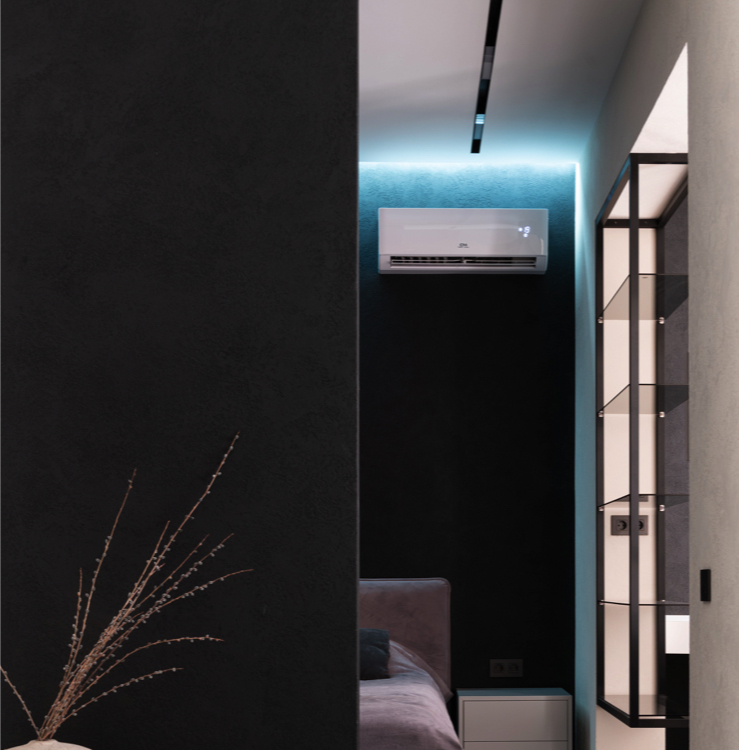Did you know that according to the EPA, (Environmental Protection Agency) levels of pollutants inside your home could be as much as 100 times higher than those found outdoors? This in turn can pose significant risks to the health and wellbeing of those inside your home.
Breathing in clean, fresh, pollutant-free air is essential for all manner of different reasons. Not only can it help to prevent and reduce allergic reactions, it can also improve your breathing quality, boost your quality of life, and reduce your risk of illness.
In particular, those who suffer with respiratory health conditions, or who are susceptible to allergies, may find that poor indoor air quality is contributing to a number of their health issues. Some people believe that cracking a window ajar for a couple of hours a day is enough to improve indoor air quality when in fact, that’s not the case at all. Improving indoor air quality is more complex than a lot of people realize, though it’s extremely beneficial.
Looking to improve the air quality inside your home? Here are some tips to help.
Eliminate Mold
Without question, one of the most important things you can do when it comes to improving air quality in your home is eliminating mold.
Mold, particularly black mold, can cause a wide range of health issues and can even be fatal in some instances. Mold is a form of fungi and can release spores which become airborne. When inhaled, they can trigger a wide range of symptoms ranging from a headache and stuffy nose to severe allergic reactions that may even be fatal.
Like other forms of fungi, mold thrives in warm, dark, moist conditions. It can grow on ceilings and walls, under floors, in cupboards, and more besides.
One of the most effective ways of eliminating mold and preventing it entirely is keeping your home well ventilated. Kitchens, for example, are often very humid because of the steam produced when cooking. A great way of keeping them dry is by installing vented skylights. Vented skylights allow steam and moisture to escape and allow air to circulate which helps to keep everything nice and dry inside.
Improve Ventilation
On the subject of ventilation, it isn’t just mold which can benefit from efficient ventilation in the home. So too, can air quality in general.
The home is full of pollutants and air contaminants that most people don’t even realize are there. Whether it’s chemical odors from cleaning products, pet dander, dust, smoke, or anything else, breathing these pollutants in does us no good at all.
In homes that aren’t properly ventilated, airborne pollutants will simply be circulated around the air, with no place to escape. This is where having efficiently ventilated homes is so beneficial. By boosting the amount of air from outside getting into your home, you can improve the air quality and help keep the inside nice and fresh at the same time.
Again, vented skylights work great here, as do window fans and automated ventilators. Of course, you can always do things the old-fashioned way and open doors and windows. Just remember to close them again if the weather turns.
Indoor Plants
While some are skeptical over just how effective indoor plants can be at purifying the air, there is a lot of evidence out there to suggest that some species of indoor plant can indeed boost air quality and provide various health benefits.
Indoor plants are a great way to improve the air quality inside your home, they’re also fantastic for boosting the aesthetics and décor of your interior. They look stylish, you can use them in different rooms, and you can match different varieties with different styles of décor.
Indoor plants will not only help to absorb excess CO2, but they’ll also increase oxygen levels, plus some of them smell great as well. A lot of species also require very little maintenance, as they don’t need much water and will thrive in different rooms. Whether you have them in your kitchen, your bathroom, the lounge, or even your bedroom, indoor plants are great for improving the air quality inside your home.
Air Purifiers and Dehumidifiers
Another couple of simple, yet very efficient ways of improving the air quality inside your home is simply to run air purifiers and/or dehumidifiers.
Dehumidifiers are great because they pull water and moisture out of the air, walls, and their nearby surroundings. This, coupled with ventilation, is another hugely effective way of preventing and eliminating mold. They’re cheap to run, portable, easy to maintain, and can be left running for days at a time. Just remember to empty them every so often.
Air purifiers are also ideal for keeping the air quality inside your home nice and healthy, as these basically function as filters. Air purifiers are also lightweight, cheap to run, and portable, so you can move them around the home. They basically draw in the air, filter out any airborne contaminants and pollutants, and then pump the clean air back into the room. Just remember to change the filters every now and then and you’re all set.
Try to Reduce Dampness
Damp air and moisture are not only risk factors for mold, they can also contribute to respiratory system issues including trouble breathing, wheezing, coughing, and a risk of asthma attacks.
Again, in rooms with a lot of moisture, kitchens and bathrooms for example, make use of vented skylights, extractor fans, and dehumidifiers to draw excess moisture out of the air and surroundings. You can also open windows, keep the temperature nice and warm inside, and increase ventilation. If you have leaking roofs, window seals, or skylights, make sure you get those fixed or replaced as well.
Excess moisture can be caused by a number of external factors, including leaks, steam, water splashes, and generally humid environments. Wherever possible, get rid of any moisture, dampness, steam, or condensation as the longer you leave it, the worse the air quality will become.








